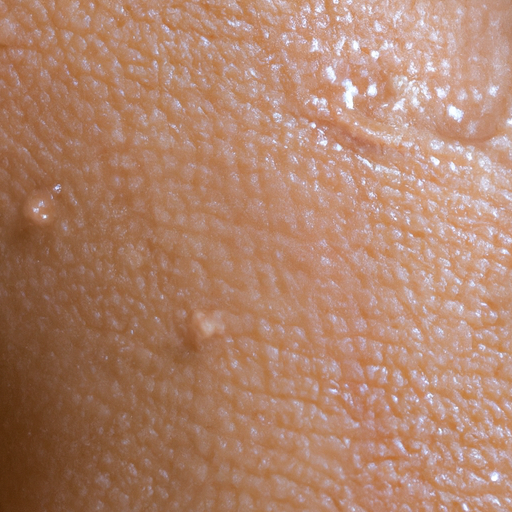As a medical professional, I often encounter patients who struggle with oily skin. This skin type can be a challenge to manage, but with the right care and attention, it is possible to unmask the radiance beneath the oiliness. Here are some essential healing tips for oily skin.
Firstly, understanding the cause of oily skin is crucial. The sebaceous glands in our skin produce sebum, a natural oil that helps protect and hydrate the skin. However, when these glands overproduce sebum, it results in oily skin. Factors such as genetics, hormonal changes, stress, and environmental conditions can contribute to this overproduction.
One of the most important steps in managing oily skin is maintaining a regular skincare routine. This should include cleansing, toning, and moisturizing twice daily – once in the morning and once at night.
Cleansing is the first step in any skincare routine. It is essential to remove excess oil and impurities from the skin’s surface. However, avoid harsh soaps or cleansers that can strip the skin of its natural oils. Over-cleansing can cause the skin to produce even more oil to compensate for the loss. Instead, opt for a gentle, oil-free cleanser specifically designed for oily skin.
Toning is the next step. A good toner can help remove any leftover residue after cleansing and restore the skin’s pH balance. Look for toners that are alcohol-free to avoid drying out your skin. Some toners also contain ingredients like witch hazel or salicylic acid that can help control oil production.
Moisturizing is a step that people with oily skin often skip, thinking it will make their skin oilier. However, this is a misconception. Even oily skin needs hydration. Dehydrated skin can trigger more oil production as a defense mechanism. Therefore, it’s important to use an oil-free or non-comedogenic moisturizer that won’t clog your pores.
Exfoliation is another crucial step in managing oily skin. It helps remove dead skin cells that can clog pores and cause breakouts. However, over-exfoliation can irritate the skin and stimulate more oil production. So, it’s best to limit exfoliation to once or twice a week.
In addition to these skincare steps, lifestyle changes can also help manage oily skin. A balanced diet rich in fruits, vegetables, lean proteins, and whole grains can promote healthy skin. Avoiding foods high in sugars and fats can also help control oil production. Regular exercise can help reduce stress, a known trigger for oil production.
Hydration is key for all skin types, including oily skin. Drinking plenty of water helps flush out toxins from the body and keeps the skin hydrated from within.
Lastly, always protect your skin from the sun. Sun exposure can trigger oil production and lead to other skin issues like premature aging and skin cancer. Use a broad-spectrum sunscreen with an SPF of at least 30 every day, even on cloudy days.
In conclusion, managing oily skin requires a combination of a consistent skincare routine, a healthy lifestyle, and sun protection. It may take some trial and error to find the right products and routine for your skin. However, with patience and persistence, you can unmask the radiance beneath the oiliness. If you continue to struggle with oily skin despite your efforts, don’t hesitate to seek professional help. Dermatologists can provide personalized advice and treatment options based on your specific skin type and concerns.



